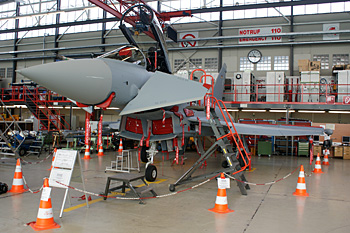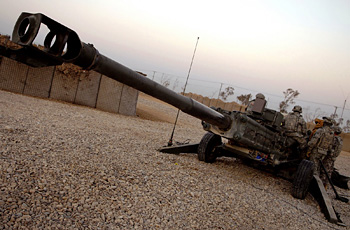INDIAN ARMED FORCES CHIEFS ON OUR RELENTLESS AND FOCUSED PUBLISHING EFFORTS

The insightful articles, inspiring narrations and analytical perspectives presented by the Editorial Team, establish an alluring connect with the reader. My compliments and best wishes to SP Guide Publications.

"Over the past 60 years, the growth of SP Guide Publications has mirrored the rising stature of Indian Navy. Its well-researched and informative magazines on Defence and Aerospace sector have served to shape an educated opinion of our military personnel, policy makers and the public alike. I wish SP's Publication team continued success, fair winds and following seas in all future endeavour!"

Since, its inception in 1964, SP Guide Publications has consistently demonstrated commitment to high-quality journalism in the aerospace and defence sectors, earning a well-deserved reputation as Asia's largest media house in this domain. I wish SP Guide Publications continued success in its pursuit of excellence.
- MoD initiates comprehensive review of Defence Acquisition Procedure 2020, pushes for defence reforms
- G7: The Swansong
- Kalinga Connect: South Asia to Polynesia
- Advanced MRSAM for India for a greater firepower
- Must Credit DRDO for Operation Sindoor, now what is next for defence R&D?
- Operation Sindoor | Day 2 DGMOs Briefing
- Operation Sindoor: Resolute yet Restrained
EADS-BAE proposed consortium to be the largest ever merger
By SP's Special Correspondent

One of the theories that insiders in both EADS and BAE had for the MMRCA loss was that it wasn't led by the British team, which had decades of experience doing aerospace business with India. The much more inexperienced German component of the consortium, some in both companies say, may not have known precisely how to handle the programme. This was only one example of disparate corporate entities perhaps not taking the best decision available—something that may be streamlined with a merger. The complexity of both companies, though, would still need a phenomenal degree of synergy, considering that the EADS and BAE have overlapping interests and business units. For instance, both companies manufacture trainer aircraft, UAVs and other advanced systems for the civil sphere. The merged entity would, however, be perhaps the most integrated weapons company in the world—making everything from warships, to aircraft, UAVs, helicopters and spacecraft, to land systems, electronics, military vehicles, missiles and artillery. India has procurement or joint development interests in virtually every one of those areas.
Both EADS and BAE Systems have had a fairly mixed bag in the country, even if analysts find it tempting to paint most things now with the MMRCA brush. BAE Systems has a successful Hawk programme currently on with HAL—it has just been handed an RFP for 20 more Hawks for the IAF's revamped aerobatics team—and is in line to receive close to a billion dollar deal for 145 M777 ultra-light artillery guns. Several other competitions, both in defence and civil, shore up a healthy market outlook for a company that has, across several avatars, been an old hand in dealing with India. EADS, on the other hand, has faced a string of disappointments in India, certainly as far as defence is concerned. While the Typhoon defeat stung badly, it was also made to endure two big-ticket contract aborts at the last moment—the first attempt to procure 197 light reconnaissance helicopters and the first attempt to procure six new mid-air refuelling tankers. The company waits eagerly for the outcome of the sophomore attempt on both contracts.
A corporate coming together of the two companies would make the resulting entity a formidable one, even if one is to consider how wrong mergers in the arms industry can actually go. In India, an EADS-BAE entity would be in a position to be a pan-industry vendor. And considering that India happens to be one of the few countries that doesn't appear to be in a position to slash its security spending, New Delhi could take primacy of place in the attention that the new company pays to international customers.





